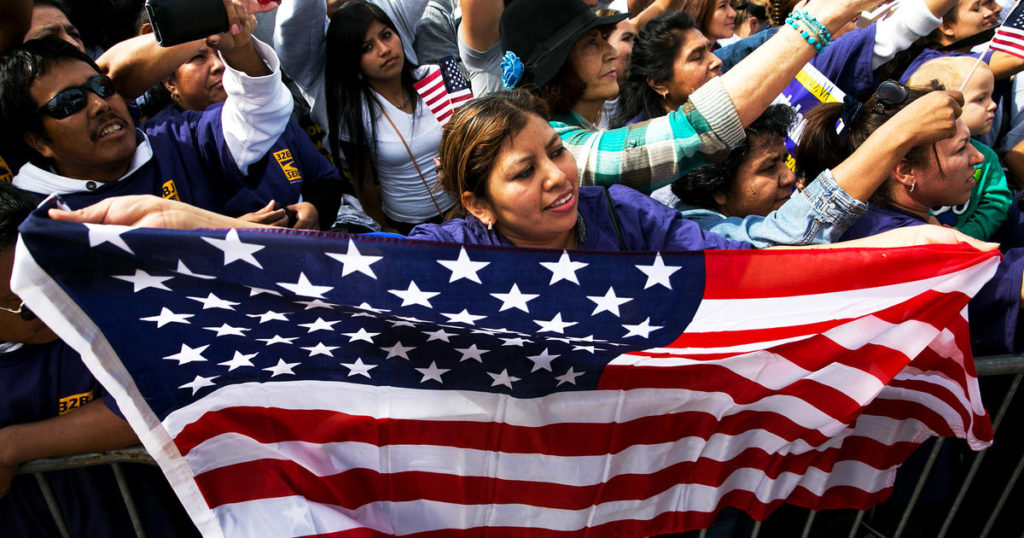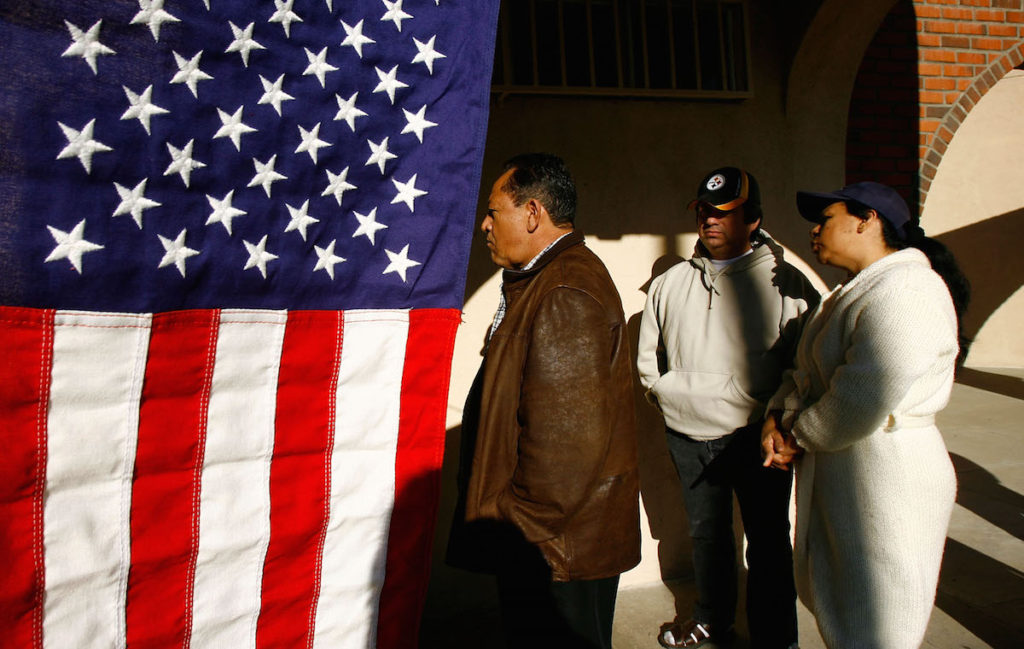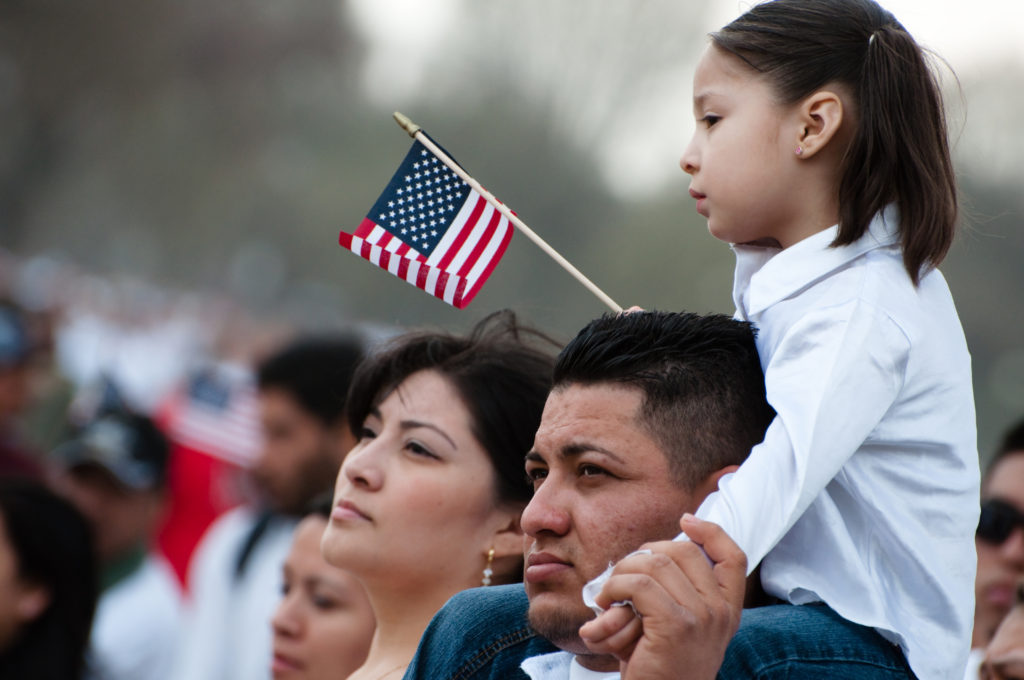According to an analysis by the Pew Research Center, almost 5 million people with Latino ancestry do not identify as Latino. Of the more than 42 million people in the United States with Latino ancestry, only 90 percent identify as such.
Latinos are the second-largest racial or ethnic group in the United States. According to the analysis, the closer they are to their Latino roots, the more likely American-Hispanics will identify themselves as Latinos.

If a person is born in a Latino country but lives in the U.S., it’s more likely to identify as Latino, with at least 97 percent. By the second generation [born in the United States], 92 percent will identify as Latino.
77 percent of the third generation identify themselves as Latino, but only 50 percent by the fourth generation. Adults who have Latino ancestry but don’t identify as such is because their lineage is too far removed or their background is mixed.

“Latino culture and identity vary depending on how close they are to their family’s immigrant experiences,” Pew researchers conclude. The proficiency in the Spanish language is essential when someone identifies as Latino.
“Among self-identified Hispanics, 61 percent of immigrants are Spanish dominant. By comparison, only 6 percent of the second generation is Spanish dominant, and essentially none of the third generation is Spanish dominant,” Pew concludes.

The study revealed that neither speaking Spanish nor having a Spanish last name makes one Latino. 71 percent of Latino adults say speaking Spanish is not required to be considered Latino, and 84 percent say it’s not necessary to have a Spanish last name to be considered Latino, no matter their immigrant generation.
Other factors seem to influence when they identify themselves as Latino. Some of them include discrimination due to their background, or if they have Latino friends and even the neighborhood where they live or grew up.

This article was inspired by Pew Research Center // Hispanic Identity Fades Across Generations as Immigrant Connections Fall Away
